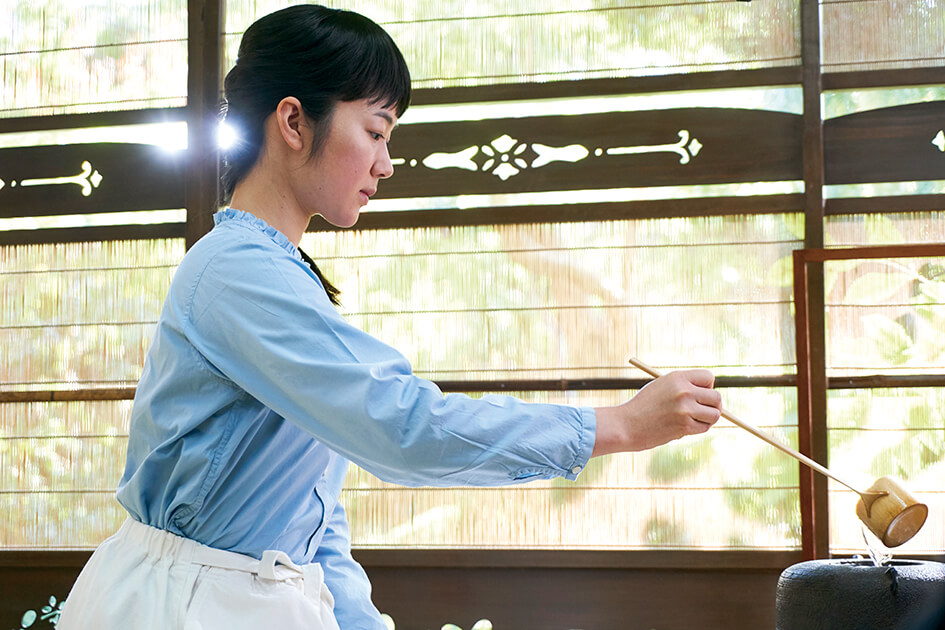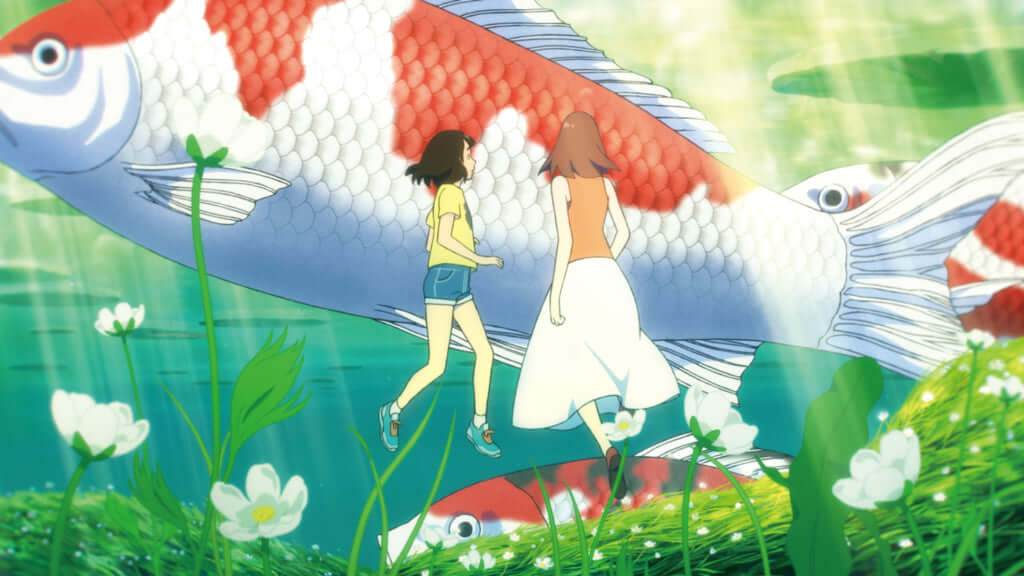Les Saisons Hanabi, the Festival Opening Japanese Cinema to a Broader Audience
The festival, launched by Eric le Bot in collaboration with Hanabi, showcases Japanese cinema through the seasons.

This festival, held each season, screens 14 Japanese films over two weeks in cinemas in France. ‘Our wish for the Les saisons Hanabi festival is to break down barriers and allow fans of animated Japanese films and “live”, non-fiction films alike to come together’, explains Eric le Bot, head of Art House, a distribution company, in an interview with Pen.
Each season has a specific theme, such as amae for spring. This term has no real linguistic equivalent but comes from the verb amaeru and could be translated as ‘to pride oneself on the love of someone’. Summer was based around takai, the ‘other world’ that is so dear to Japan, an animistic country in which nature is the kingdom of the kami, deities or spirits worshipped by followers of the Shinto faith.
Taking Japanese cinema overseas
The festival programme therefore covers the entire spectrum of Japanese cinema, from classics that follow Miyazaki‘s pared-down approach, such as Wonderland, the Kingdom Without Rain, to more conceptual and sharp films like One Cut of the Dead, a zombie film by Shin’ichiro Ueda. ‘It worked pretty well in Paris, but much less well outside of the city. But we’re not interested in whether all of our films get good ratings. It’s more about opening doors and arousing the public’s curiosity for films in other genres’, Eric le Bot explains.
This first edition of the festival saw films being screened in 200 cinemas across France, with a strong desire to take the Japanese form of the seventh art beyond cinemas in Paris, where they already have an audience. This goal was achieved, as at the start of July 2019, a few days prior to the end of the summer cycle, a total of 40,000 viewers in France (including 6000 in Paris) had participated in the festival and seen one or several of the 14 films being shown. ‘There was even one person who watched all of the films’, Eric le Bot reveals with amusement and pride.
An eclectic programme
Out of these 14 films, some stood out from the rest. This was true of Wonderland, the Kingdom Without Rain, an animated film by Keiichi Hara in which a young girl visiting her antiques dealer aunt finds a magical stone and finds herself propelled into Wonderland. Another was Every Day a Good Day from Tatsushi Omori, which follows two cousins as they become initiated into the ritual of the tea ceremony. And not forgetting I Want to Eat Your Pancreas, an animated film from the spring season, directed by Shinichiro Ushijima and based on the best-selling novel of the same name by Yoru Sumino, which provides a touching depiction of the end of the young heroine’s life.
The first spring and summer editions of the festival, launched on 15th May 2019 and 12th June 2019 respectively, worked well, but the organisers learnt lessons from them, concluding that the two editions ended up being a little too close together and that, rather than launching the autumn cycle, they should think about implementing a more understandable programme that could run from 1st January to 31st December.
Lovers of Japanese cinema should make sure to keep their diary free.



TRENDING
-
A House from the Taisho Era Reveals Its Secrets
While visiting an abandoned building, Hamish Campbell discovered photographs the owner had taken of the place in the 1920s.

-
The Taboo-Breaking Erotica of Toshio Saeki
The master of the 1970s Japanese avant-garde reimagined his most iconic artworks for a limited box set with silkscreen artist Fumie Taniyama.

-
With Meisa Fujishiro, Tokyo's Nudes Stand Tall
In the series 'Sketches of Tokyo', the photographer revisits the genre by bringing it face to face with the capital's architecture.

-
Masahisa Fukase's Family Portraits
In his series ‘Family’, the photographer compiles surprising photos in which he questions death, the inescapable.

-
Hajime Sorayama's Futuristic Eroticism
The illustrator is the pioneer for a form of hyperrealism that combines sensuality and technology and depicts sexualised robots.





